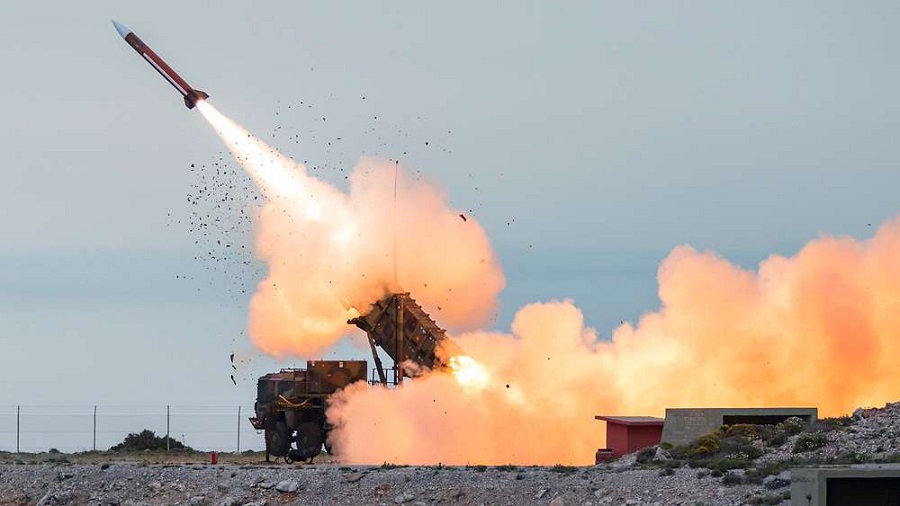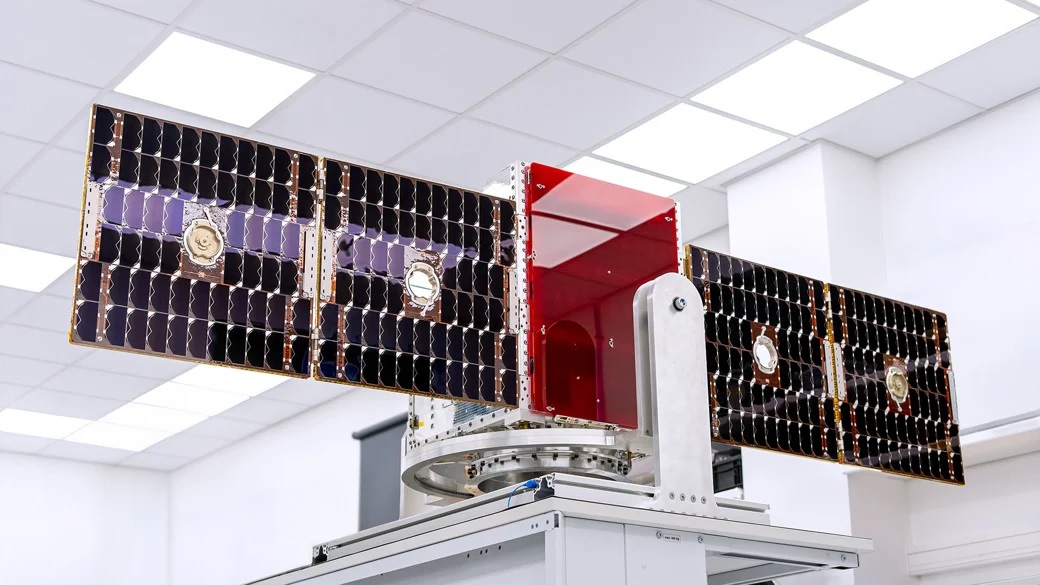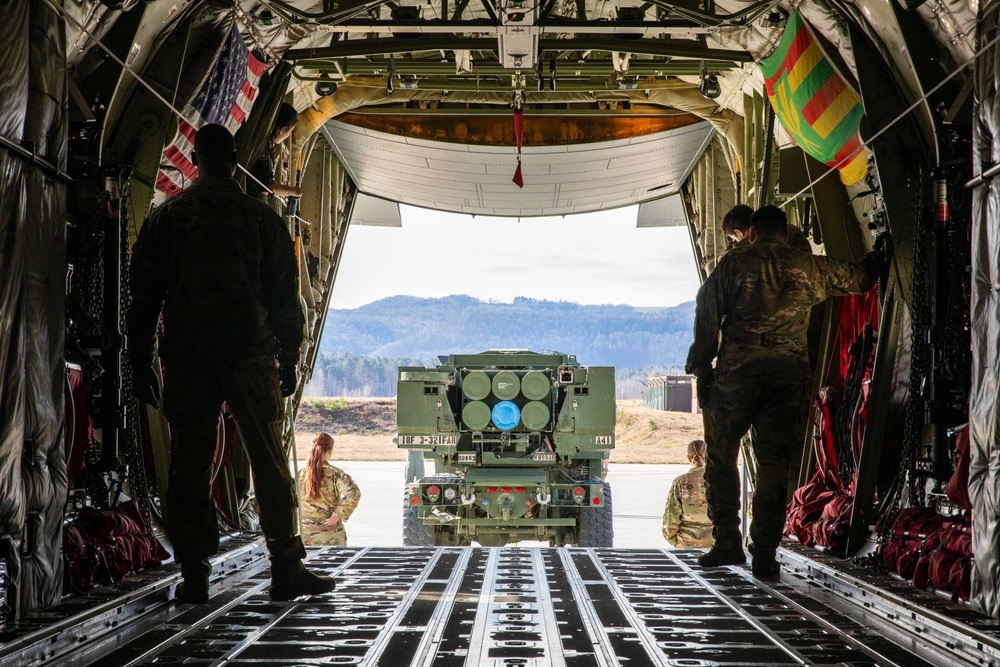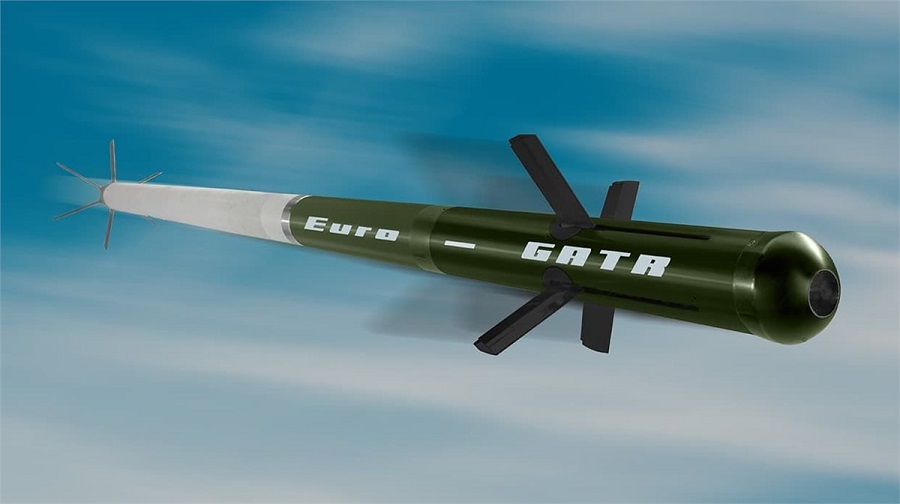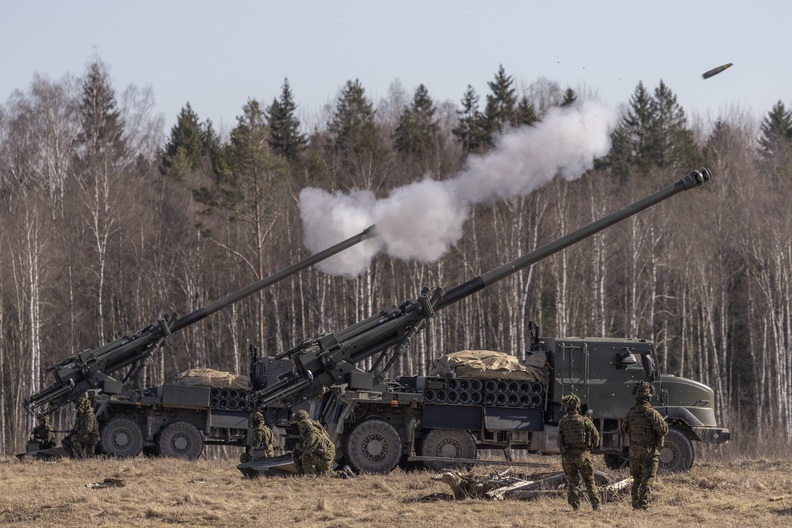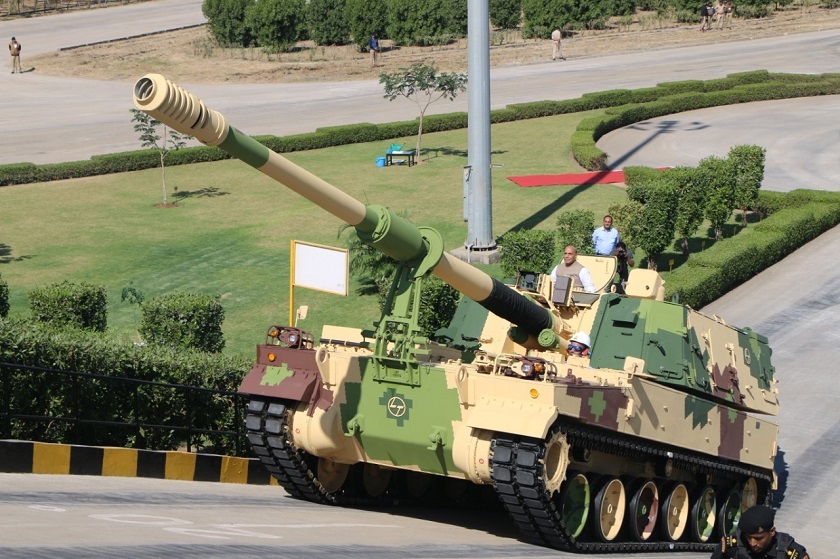“This challenging live training exercise is important for our Air Force,” said Colonel Michal Kudyn, head of exercise control and chief of the combat training department at the Air Force Command. “Our soldiers must be able to operate even when navigation systems and communication channels are disrupted – a scenario that would certainly occur in a real conflict,” he added.
Approximately 200 soldiers and almost 50 aircraft and ground equipment participated in Ramstein Guard. The Czech radio engineering platoon played a key role in the detection and analysis of jamming signals. The ability to quickly identify sources of interference and adapt tactics and combat techniques is critical to the overall effectiveness of defence operations. The exercise offered the unique opportunity to test the protection systems and responses of a newly acquired Israeli-built ELM-2084 MMR radar and to verify procedures and activities of the radar operators and the Surveillance section at the Control and Reporting Centre against airborne and static jammers.

“During this year’s exercise, we tested the resistance of our devices, we practiced all the procedures to mitigate the effects of signal interference, and at the same time, for the first time ever, we defended against video downlink interference and practiced procedures against the transmission of deceptive images from aerial vehicles, so-called spoofing video,” Colonel Kolad added.
“NATO’s Ramstein Guard exercise emphasizes the importance of cooperation between the individual components of the NATO Air Forces and Czechia – especially in times of crisis and military engagement,” said Air Force Commander Major General Petr Čepelka. “Effective coordination between command and control elements, ground-based air defence, the air force, and the radio engineering force exposed to the electromagnetic spectrum jamming is essential for successful airspace defence. This joint exercise allows the units to improve tactics, techniques and procedure contributing to the overall enhancement of our armed forces’ combat capability,” stated Air Force Commander Major General Petr Čepelka.
The NATO Electronic Warfare Force Integration Programme (NEWFIP) is Allied Command Operations’ system training designed to train NATO forces from Air, Naval, and Land units to operate in an adverse electromagnetic. About a dozen NEWFIP events take place every year; each involves one or several NATO members. Ramstein Guard exercises are an essential part of training the NATO Integrated Air and Missile Defence System structure and operational effectiveness. Allied Air Command conducts the exercises and one of the two Combined Air Operations Centres executes the drills in coordination with the Control and Reporting Centres. NATO’s Joint Electronic Warfare Control Staff and the Draken contractor generate the simulated jamming environment and operational and technical support.








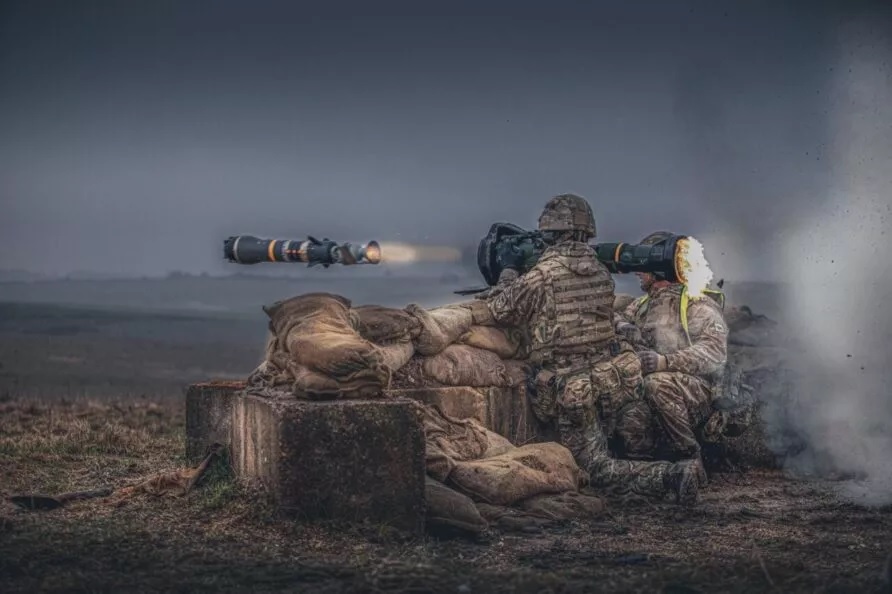
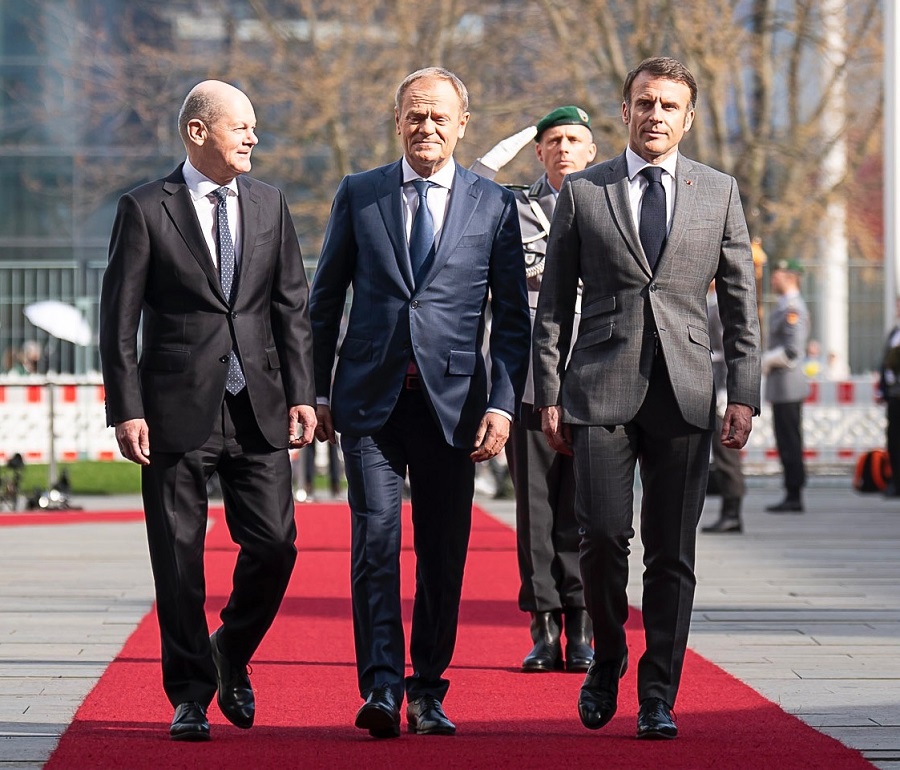
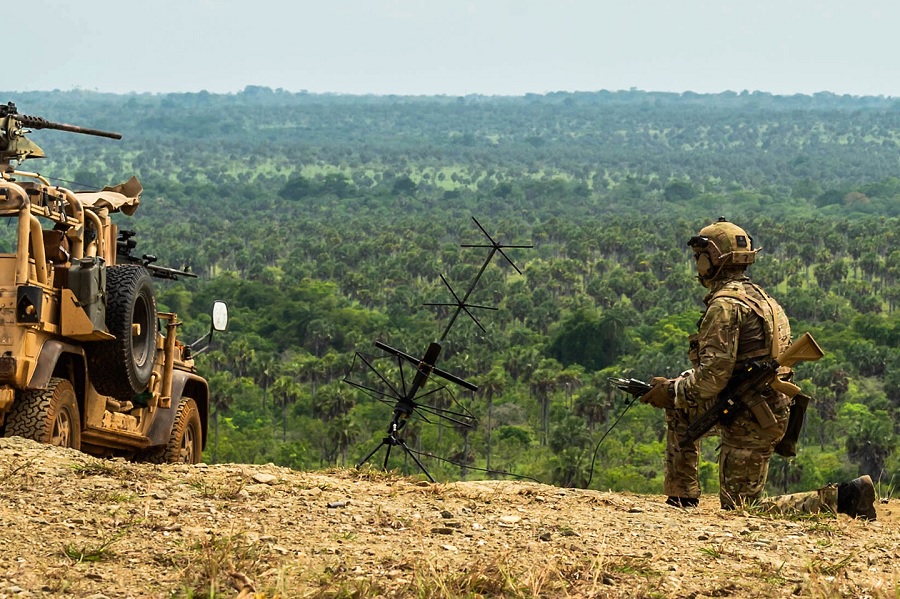


![Leidos completes successful flight test of Black Arrow Small Cruise Missile [VIDEO]](https://defence-industry.eu/wp-content/uploads/2025/04/Leidos-completes-successful-flight-test-of-Black-Arrow-Small-Cruise-Missile-VIDEO.jpg)






